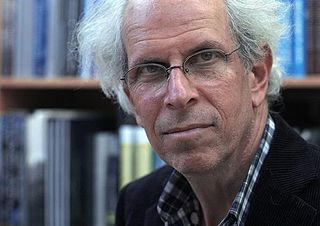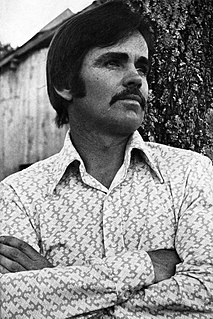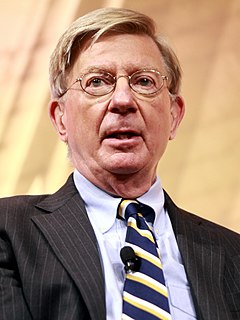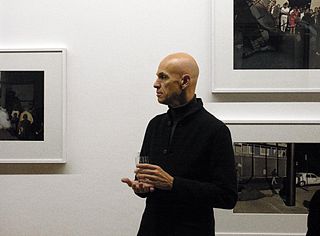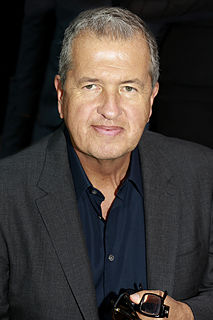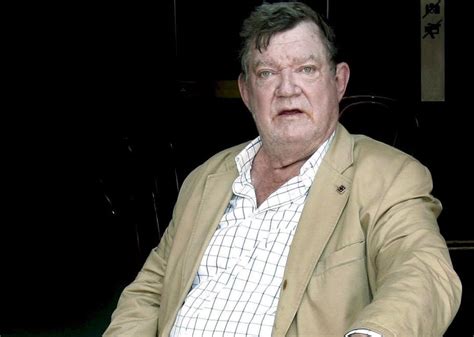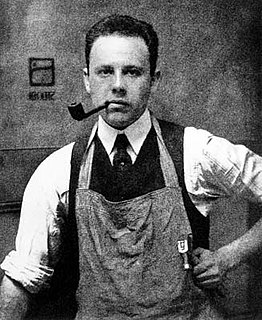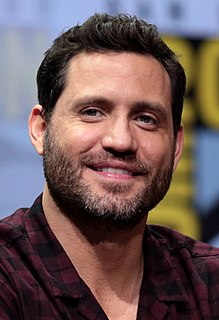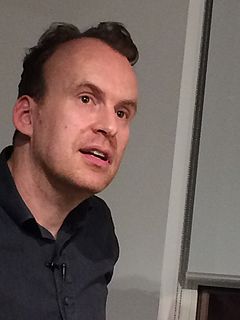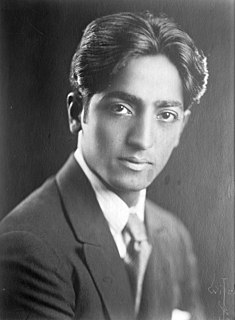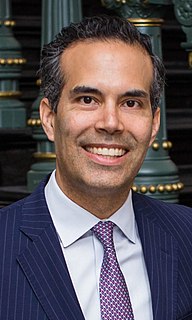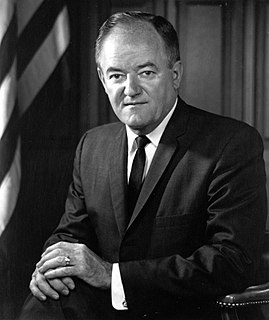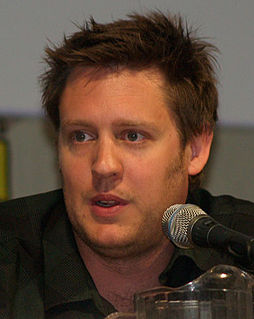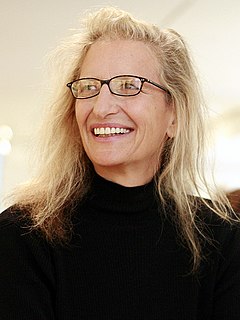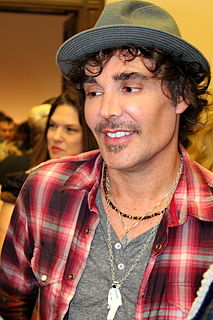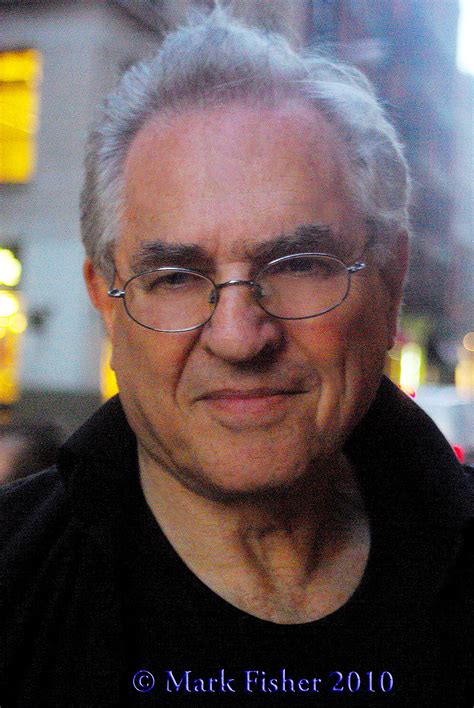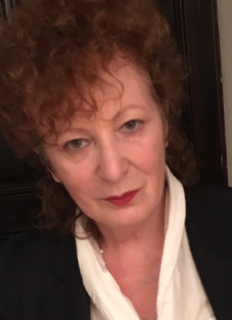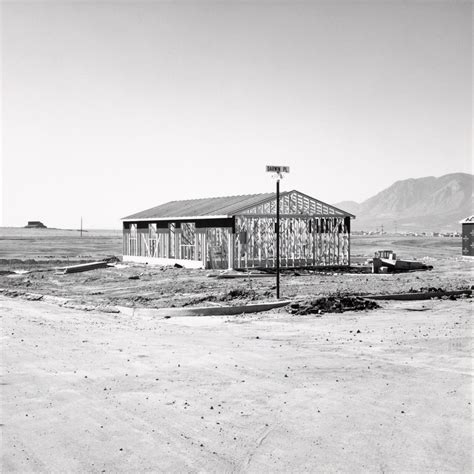A Quote by Stephen Shore
I think most serious photographers understand that there's this large gap between the world and how the world looks through a photograph.
Quote Topics
Related Quotes
Finally he said that if men drink the blood of God yet they do not understand the seriousness of what they do. He said that men wish to be serious but they do not understand how to be so. Between their acts and their ceremonies lies the world and in this world the storms blow and the trees twist in the wind and all the animals that God has made go to and fro yet this world men do not see. They see the acts of their own hands or they see that which they name and call out to one another but the world between is invisible to them
For spiritual companions I have had the many artists who have relied on nature to help shape their imagination. And their most elaborate equipment was a deep reverence for the world through which they passed. Photographers share something with these artists. We seek only to see and to describe with our own voices, and, though we are seldom heard as soloists, we cannot photograph the world in any other way.
The gap between ideals and actualities, between dreams and achievements, the gap that can spur strong men to increased exertions, but can break the spirit of others -- this gap is the most conspicuous, continuous land mark in American history. It is conspicuous and continuous not because Americans achieve little, but because they dream grandly. The gap is a standing reproach to Americans; but it marks them off as a special and singularly admirable community among the world's peoples.
Most photographers go and photograph something that they see, that exists, and that somebody else has created - they document it. But fashion photographers have to create what they're going to photograph. We have to go into the thought and build it up, get a girl, get a guy, get a situation, get the house, get the decor. It's the meaning of the word photography: "writing with light."
The basic project of art is always to make the world whole and comprehensible, to restore it to us in all its glory and its occasional nastiness, not through argument but through feeling, and then to close the gap between you and everything that is not you, and in this way pass from feeling to meaning. It's not something that committees can do. It's not a task achieved by groups or by movements. It's done by individuals, each person mediating in some way between a sense of history and an experience of the world.
Look at the things around you, the immediate world around you. If you are alive, it will mean something to you, and if you care enough about photography, and if you know how to use it, you will want to photograph that meaningness. If you let other people's vision get between the world and your own, you will achieve that extremely common and worthless thing, a pictorial photograph.
The reality is that not only were we massively hit in 2008 when the bubble burst, and then we realized how deep the social gap, the economic gap in the world is between the super rich and the poor; also, we realized how impacted the environment has been. So there's been a physical consequence of that.
The world is not something separate from you and me; the world, society, is the relationship that we establish or seek to establish between each other. So you and I are the problem, and not the world, because the world is the projection of ourselves, and to understand the world we must understand ourselves. That world is not separate from us; we are the world, and our problems are the world's problems.
The gap between the inner and outer self is one I've found interesting, even essential, about the way we move through the world. In The Delivery Room, I enjoyed traveling back and forth between the perspectives of the patients and that of the therapist - with the irony that with your therapist, you are at least supposed to be your most authentic self.
